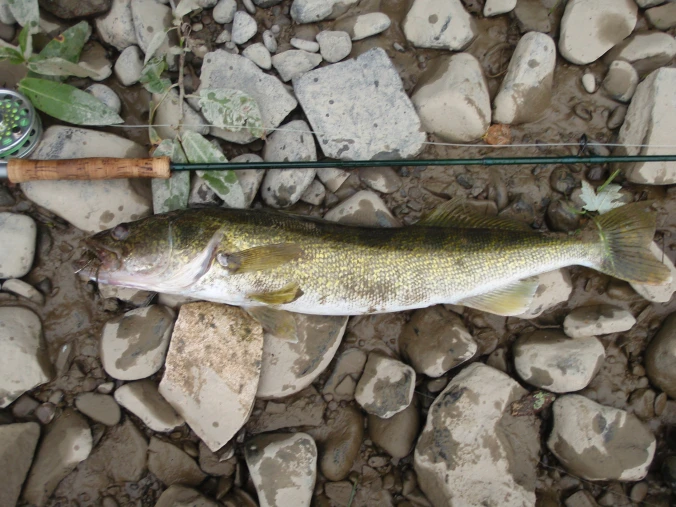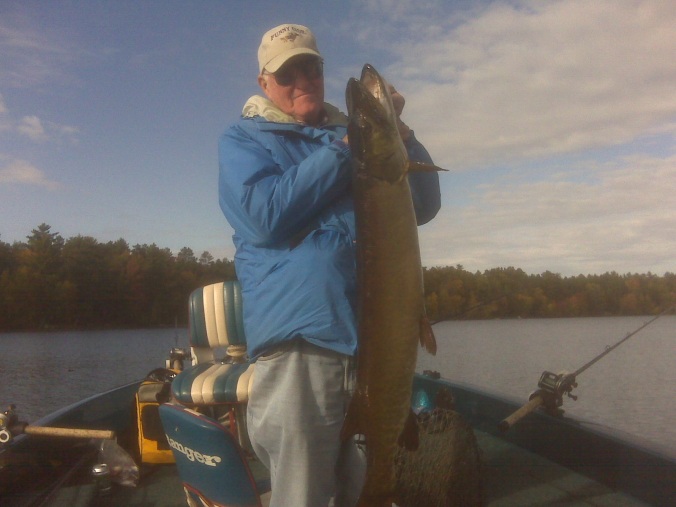I saw Gabe driving his truck towards me as I took a walk during lunch at work. He stopped when he saw me and after some small talk, asked, “Can you repair a broken fly rod”? I hesitated in responding, then said I had never repaired a rod but would look into it and get back to him.
I’ve built nine fly rods to date, each a better version of the last. With each build I’ve learned new techniques, new tricks of the trade, and more efficient methods. But rod repair was an entirely new frontier.
So I researched it. For one, this repair involved marrying together two broken rod pieces, or so I thought. I later learned, upon receipt of the broken rod, that it was two broken sections of the tip piece of a two piece rod. But YouTube is really a great learning resource. In no time I found very good instruction on the method for repairing a broken rod. The key is the use of a spigot ferrule to rebuild the break.
Mending a fly rod takes time, care, and ultimately a bit of love. Gabe made the mistake of trying to beach a steelhead – a 10 pounder – and he let his non-grip hand slide up the blank to do it – an often fatal error. The butt section of a fly rod is where the power is – increasing leverage up the blank just stresses the upper section of the rod blank.
So I took the broken tip section of the blank, shattered graphite – each section jagged and splintered – and thought, “this should be interesting”. I bought a Dremel to even out the bones of each broken section so they’d join as evenly as possible. The fractures in the graphite traveled up the blank with micro cracks, making it difficult to decide where to draw the line on the repair. Cut more of the blank away and you shorten the rod and subsequently alter the way the pieces fit in terms of diameter, and the action as well. Leave the fracture and wrap up to cover it to a reasonable extent and one is left with the nagging question about how far up the blank the fractures could propagate, and possibly fail again.
I did my best, remembering the pictures Gabe showed me of steelhead caught on that stick, pictures of his young boys gathered about the big fish, smiling and proud of Dad. Gabe explained he’d really like to pass the rod on to his boys while he used the new Aetos he got as a replacement from Fenwick.
Turns out this rod has had half as many lives as a cat supposedly does, it’s lineage starting with a 12 weight of all things with an extra fore grip for saltwater big game that Gabe used to slay big Kings on the Salmon River. Some big King broke that rod, and Fenwick replaced it, as it did time and again for failure on the water. The 12 was replaced with another 12, then an 11, and then the 10 that I had for surgery. Gabe’s last go-round with Fenwick for warranty replacement ended with an 8/9 weight Aetos. But as he said to me, “if I could repair the current rod, why not let it live another life”…
So surgery started with a plan. The surgery consisted of cutting back the damaged blank, fitting it with a spigot ferrule, gluing the sections together, wrapping them like a true ferrule, and sealing / coating the wrap with marine spar varnish.
Since I had nothing to use for a spigot ferrule (i.e., old blanks, broken rods, etc.,), I had to purchase a cheap blank. I chose a 9 foot 8 weight 4 piece fast action fly rod blank. Each spigot ferrule is actually composed of two ferrules; a primary that in this case extended 2″ either side of the break, and a secondary, that is inserted into the primary spigot ferrule and adds extra support to the fly rod’s stress point and helps taper the primary spigot ferrule.

The secondary (smaller) spigot ferrule is coated with 2 part epoxy and inserted into the primary spigot ferrule. Once the epoxy is dry, the primary spigot ferrule is again coated with 2 part epoxy and inserted up the lower end of the broken blank and this forms the male spigot ferrule.

Once the male spigot ferrule is epoxied to the upper female end of the blank, the joint is allowed to cure. Alignment of guides from both pieces is obviously critical.

20+ years ago, fly rod designs didn’t allow for a continuous diameter or taper in the blank. The upper section had to flare dramatically to fit over the lower section and still have enough strength to withstand flexing, so there was often a significant difference in rod diameter from one inch below the ferrule to one inch above it. This led to some sloppy rod action and breakage problems.

The internal ferrule, on the other hand, while more labor-intensive to build, allowed for a continuous diameter from below the ferrule to above because the upper section didn’t have to fit over the entire diameter of the section below it. With more consistent diameters and tapers, internal-ferrule rods provided smoother action. They are still used by some fly rod manufacturers. Scott fly rods, for one, still uses the internal or spigot ferrule on its classic “G” series of medium action fly rods.

Once both breaks were joined and cured, it was time to wrap over the break. As improved as fly rod design and materials are, wraps are still used to reinforce the female ferrule. In the case of this break, I needed to make sure the female and male ends were reinforced as microcracks at the original break point could migrate under the stress of flexing and eventually lead to failure.
Wrapping started roughly an inch below the break and ended an inch above the break. Once this was complete, I applied 7 coats of Epifanes Marine Spar Varnish to the wraps, beginning with the varnish cut 50% with mineral spirits so it could thoroughly penetrate the wrapping thread. Each coat was allowed to dry 24 hours before the next application. After the final coat, I allowed the rod to dry several days before testing the rod with lawn casting.


And so with the rod complete, I handed it back to Gabe, but on one condition. I asked for pictures; smiling faces, huddled about a lake-run steelhead held up high and a 10 weight fly rod in the foreground, a mended soul, a family treasure returned…


Recent Comments